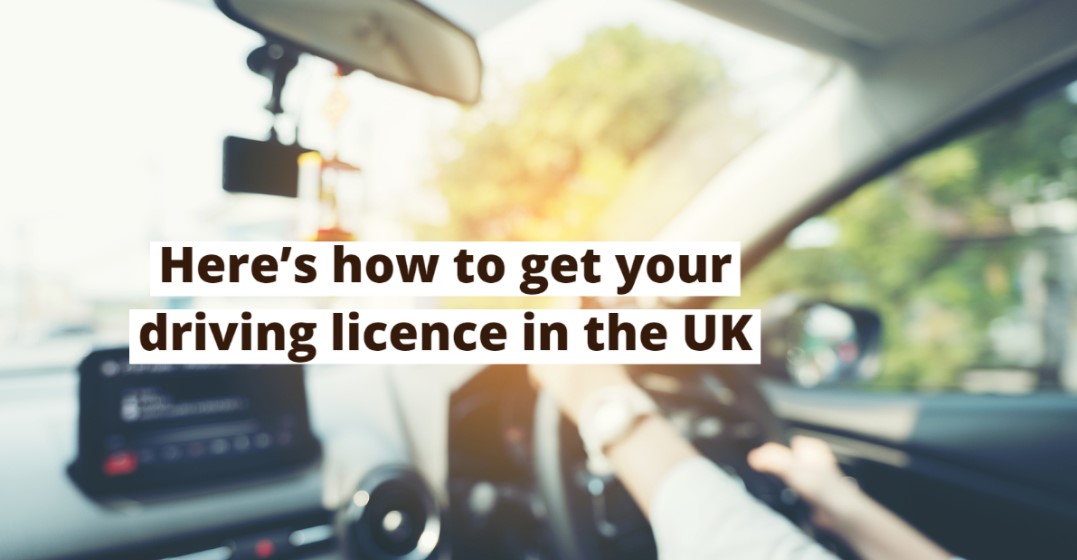How to get a driving licence in the UK
Published on March 23, 2020 / Updated on January 12, 2024
So if you’re 17 and thinking, I wouldn’t mind an extra little bit of freedom, then learning how to drive, both safely and with proper instruction, can be extremely rewarding. Of course driving, at any age, is a great skill to learn. In the UK, while you have to be at least 17 years old to learn how to drive, you can start the whole process from the age of 16. So here is everything you need to know about how to get a driver licence in the UK.
Before you start the process there are a few things you need to know and have to hand.
Once you have all of the above you are ready to go. So here begins the process of getting a drivers licence in the UK.
The first step, which may feel a little strange seeing as you complete it without ever sitting behind the wheel of a car, is to apply for a provisional licence. This piece of paper permits you to then apply for your real licence. Without it you can’t sit your theory test or your perception hazard tests or even any driving lessons. Applying for the provisional licence is quite straightforward. Simply meet the above requirements and gather all the relevant documents and you can apply online on this UK government site.
Once you have the provisional licence in your, I’m sure, very excited hands you can book in for some driving lessons. Be sure to choose a reputable company to practise with as learning to drive on main roads is not for the faint hearted. Learning to drive from someone who is patient, understanding and really knows what to teach you to help you pass that test and become a safe road user is essential.
With your twelve or more lessons under you belt, you may now be ready to sit your driving test. In the UK you have to pass three tests to get your licence.
This test consists of approximately 140 questions to ensure you understand all the rules of the road. From the highway code, to recognising the meaning of traffic signs to learning the essential skills of driving, the test seeks to ensure a wide understanding of the rules of the road. You can read more about the theory test and how to prepare for it and also try some practise test runs.
This is more of a visual test to see how good you are at understanding and perceiving known hazards as you drive on the roads. There are several practice tests you can take as well as a mock test before you need to apply for the real thing.
Only once you have received your provisional licence and passed the two tests can you then apply for your driving licence. You can book your test online and you will need to give your provisional driving licence number and an email address. The test itself costs £31.
Now that you’re armed with all the right information, go forth and drive safely!
